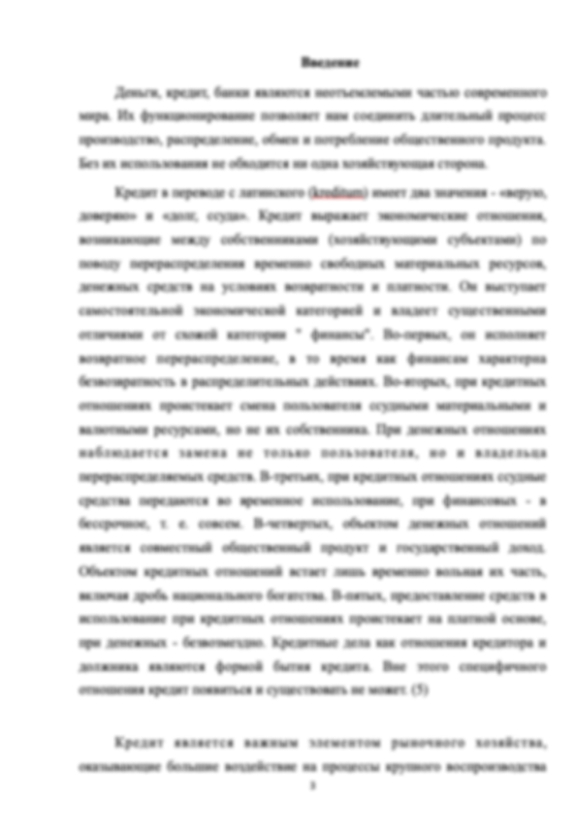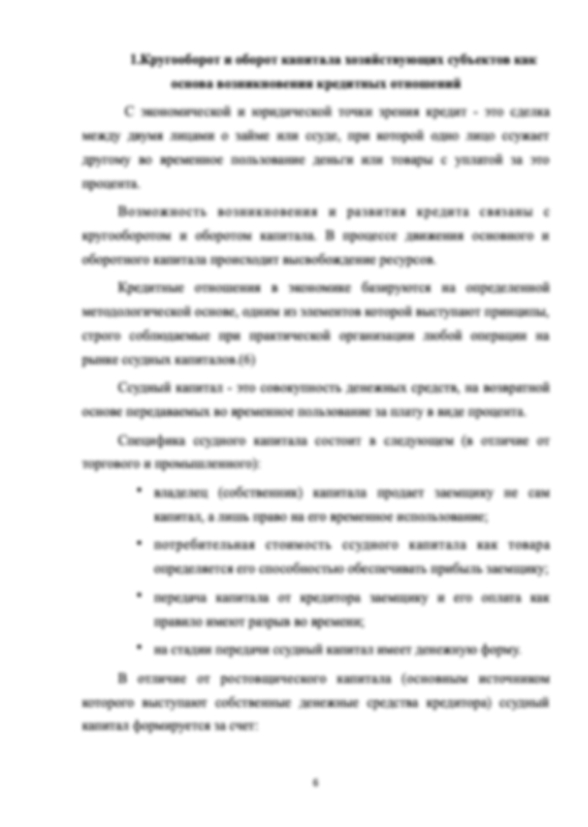Заказ был довольно сложный! Автор большая умница, справилась отлично! Спасибо большое!
Информация о работе
Подробнее о работе

Шпаргалка по лингвострановедению для подготовки к экзамену (30 вопросов + лексика)
- 13 страниц
- 2017 год
- 48 просмотров
- 0 покупок
Гарантия сервиса Автор24
Уникальность не ниже 50%
Фрагменты работ
1.Territory and structure. Surrounding seas and coastline.The British Isles are situated on the continental shelf off the north-west coast of Europe and comprise a group of islands. The total area of the British Isles is 322,246 square km.The UK comprises the mainland of England, Wales and Scotland (GB) and the northern part of Ireland (NI).The southern part of Ireland, the second largest island of the group, is the Irish Republic or Eire. The United Kingdom’s area is some 244,100 square km.The combined population of the British Isles – 59, 5 million people.The Hebrides are groups of islands which are divided into the Inner and Outer Hebrides, separated from each other by the Sea of the Hebrides and the Little Minch.There are Orkney Islands, comprising about a hundred islands, are inhabited by about 19,500 people.There are the Shetland Islands.The total population is about 18,000.In the middle of the Irish Sea there is the Isle of Man (571 square km).Another important island in the Irish Sea is Anglesey, situated off the north coast of Wales( working population are now engaged in industry than in fishing and agriculture.)The Isle of Wight is in the English Channel.The Isle of Wight forms one of the South Coast’s most important tourist resorts.There is a tiny group of the Isles of Scilly.The Channel Islands lie to the south-west on the French side of the English Channel. They are known to the French as the Isles Normandes.From the European continent the British Isles are separated by the English Channel and the North Sea. The English Channel, in its widest part in the west is 200 km wide, and in the narrowest, what is called the Strait of Dover, only 32 km.In the west the British Isles are washed by the Atlantic Ocean, in the east – by the North Sea. GB and Ireland are separated from each other by the Irish Sea and the two straits, the North Channel – 20 km wide, and St George’s Channel – over 100 km wide.The British Isles are known for their greatly indented coastline.There are many bays and harbours, peninsulas and capes on the coast.
2.Physical structure and relief: the Highland and Lowland Britain
Highland Britain
England:The north and the west of the island of Great Britain are occupied by the highlands, split by valleys. There are even two big plains there: the Lancashire Plain and Anglesey. This region is often called "England's Little California"- it has a warmer climate than any other part of Engl. The utmost westerly point of the peninsula is called Land's End, popular for holiday making and surf riding (great ocean waves (called "rollers") can be enjoyed). There are moors in this area also (hills covered with heather). Cumberland- the place most popular with the visitors because of the Lake District. The district con¬tains the nub of mountains, valleys and lakes. The most famous is Windermere – the largest lake in England. The Cheviots – the 35-mile range of hills(the sort of sheep – cheviots.) North. Engl. also includes the Pennines – "the backbone of England" – a chain of hills that runs down to the Midlands, separating the Lancashire Plain from the Yorkshire Moors. Wales:The Cambrian Mountains- the highest and most glaciated area occurs in the north,around Snowdon (1,085 m).The Cambrians largely comprise the upland areas, generally described as the Welsh Massif. In the south the massif includes an important coal field. It is the most densely populated part of Wales. Scotland:Scotland may be divided into three major physical regions: the Highlands, the Southern Uplands and the Central Lowlands. The Scottish Highlands – the most extensive and sparsely populated of the three reagions. The mountains are separated into two parts by Glen More, or the Great Glen. To the south are the Grampians, which are generally higher than the North-west Highlands, and contain the loftiest summits, including Ben Nevis (1,347 m), the highest peak in the British Isles, and Ben Macdhui (1,309 m). They have also been more deeply cut by the action of glaciers and rivers. Glen More contains three lakes: Loch Ness, Loch Oich and Loch Lochy, and the first is said to be the home of a 'monster'. The Southern Uplands includeThe Cheviot Hills, composed largely of volcanic rocks, mark the central part of the boundary between England and Scotland.The Central Lowlands of Scotland lie between the Highlands and the Southern Uplands. The most densely populated of the three main regions of Scotland. Ireland -Ireland is a rural island, with a generally low density of population. The Central Plain of Ireland stretches west-east across the country from coast to coast. In the extreme north-east is the Antrim Plateau
29. The characteristics of the national press.Newspaper publication is dominated by the national press.The only non-national papers with significant circulations are published in the evenings, when they do not compete with the national papers, which always appear in the mornings.Most local papers do not appear on Sundays, so on that day the dominance of the national press is absolute. The „Sunday papers“ are so called because that is the only day on which they appear.Another indication of the importance of „the papers“ is the morning “paper round”. The “quality papers”, or “broadsheets”, cater for the better educated readers. The “popular papers”, or “tabloids”, sell to a much larger readership. They contain far less print than the broadsheets and far more pictures. They use larger headlines and write in a simpler style of English. However, the broadsheets do not completely ignore sex and scandal or any other aspect of public life. Both types of papers devote equal amounts of attention to sport.The reason that the quality newspapers are called broadsheets and the popular ones tabloids is because they are different shapes. The broadsheets are twice as large as the tabloids.To broadsheets belong: The Times, The Guardian, the Daily Telegraph, the Financial Times and the Sunday Telegraph. The tabloids group include: The News of the World, The Sun, the Daily Mirror, the Daily Express.London has two evening newspapers, the London Standard and the Evening News.The four most famous provincial newspapers are The Scotsman (Edinburgh), the Glasgow Herald, the Yorkshire Post (Leeds) and the Belfast Telegraph, which present national as well as local news. What counts for the newspaper publishers is business. All of them are foremost to take money. Their primary concern is to sell as many copies as possible and to attract as much advertising as possible. They normally put selling copies ahead of political integrity. The British press is controlled by a rather small number of extremely large multinational companies. This fact helps to explain its freedom from interference from government influence, which is virtually absolute. The press is so powerful that it is sometimes referred to as “the fourth estate” (the other three being the Commons, the Lords and the monarch). This freedom is ensured because there is a general feeling in the country that “freedom of speech” is a basic constitutional right.This emphasis on revealing the details of people’s private lives has led to discussion about the possible need to restrict the freedom of the press. This is because the press has found itself in conflict with another British principle (as strongly felt as that of freedom of speech) – the right to privacy. Many journalists now spend their time trying to discover the most sensational secrets of well-known personalities. Complaints regarding invasions of privacy are dealt with by the Press Complaints Commission (PCC). This organization is made up of newspaper editors and journalists. In other words, the press is supposed to regulate itself. It sets limits on the extent to which newspapers should publish details of people’s private lives.
30. Television: Style and organization.
The most powerful sound broadcasting in Britain is BBC. It has 4 television channels: BBC1, BBC2, The ITV (Independent Television) and Channel4. There are 15 different television programme companies, serving different parts of the country. These companies get most of their money from advertising. There is no advertising on the BBC. But Independent Television (ITV), which started in 1954, gets its money from advertisements.
There was pressure on ITV from the start to make its output popular. In its early years ITV captured nearly three-quarters of the BBC´s audience. BBC1 and ITV show a wide variety of programmes. The ITV is in constant competition with BBC1 (that mostly shows light plays and series, humour and sport) to attract the largest audience (this is known as the ratings war). Of particular importance in the ratings war is the performance of the channel’s various soap operas. They depict ordinary lives in ordinary circumstances and they are popular, because their viewers can see themselves and other people they know in the characters. In the early 1990s, the BBC spent a lot of money filming a new soap called Eldorado, set in a small Spanish village which was home to a large number of expatriate British people. Although the BBC used its most successful soap producers and directors, it was a complete failure. Viewers found the story and the Spanish accent too difficult to follow and could not identify with the situation in which the characters found themselves.It became obvious in the early 1960s that operas and light entertainment left less room for programmes, which supported the original educational aims of television.
Шпаргалки к экзамену по лингвострановедению английского языка
The Union Jack – the official flag of UK. Symbolises the administrative union of the countries of the United Kingdom. It is made up up of the individual Flags of three of the Kingdom's countries all united under one Sovereign.
A unitary state – a system of political organization with a central supreme government which holds the authority over and makes the decisions for subordinate local governments.
A limited monarchy – limited power of monarch, especially on governmental, fiscal and other matters. Being a constitutional monarch, the Queen acts on the advice of her prime minister and does not take any major political decisions.
The Royal Standard – a flag bearing the arms of the British sovereign, flown only when she (or he) is present
The Sovereign – a supreme ruler, esp. a monarch.
The Anglo-Saxons – Germanic tribes invaded the Br.isles in the 5th c. (the Jutes, the Saxons and the Angles.). The Anglo-Saxons and Jutes were close to each other in speech and customs, and they gradually merged into one people and were referred to as the Anglo-Saxons.
The Celts – From the 6th to the 3rd century BC the Celtic tribes came from the Continent to Br.isles. The tribes called the Britons settled in the southern part, the Picts and the Scots penetrated into the mountains of the north; some settled there and some crossed over to Ireland.
The Danes – in the 8th c. Danes from Denmark and the Northmen from the Scandinavian Peninsula invaded Br.isles. These two Scandinavian peoples were closely related with one another. These invaders are also called the Vikings.
The patron Saint – The patron saint of a place, an activity, or a group of people is a saint who is believed to give them special help and protection.(Eng. –St. George, Wales- David, Scotl. – Andrew, Ireland – Patrick)
Форма заказа новой работы
Не подошла эта работа?
Закажи новую работу, сделанную по твоим требованиям


